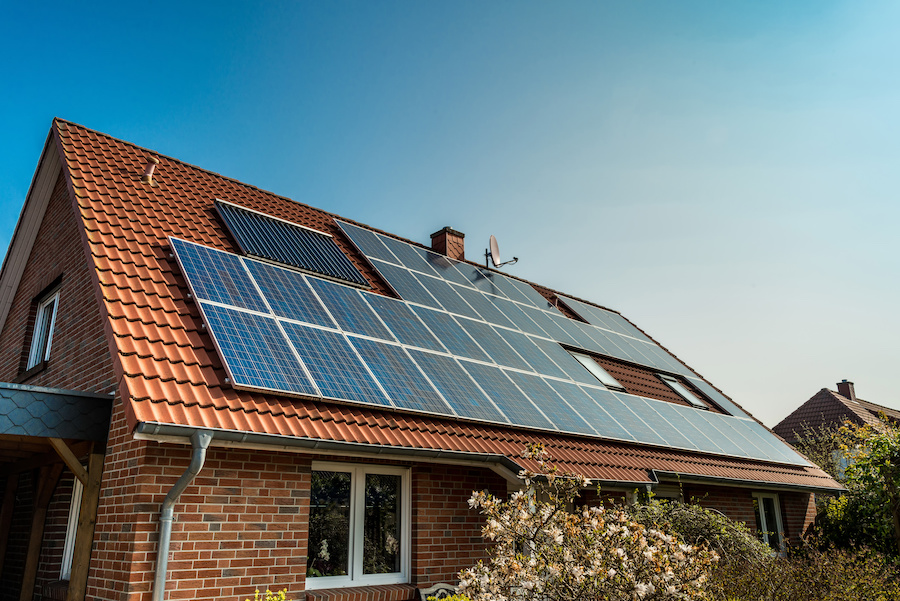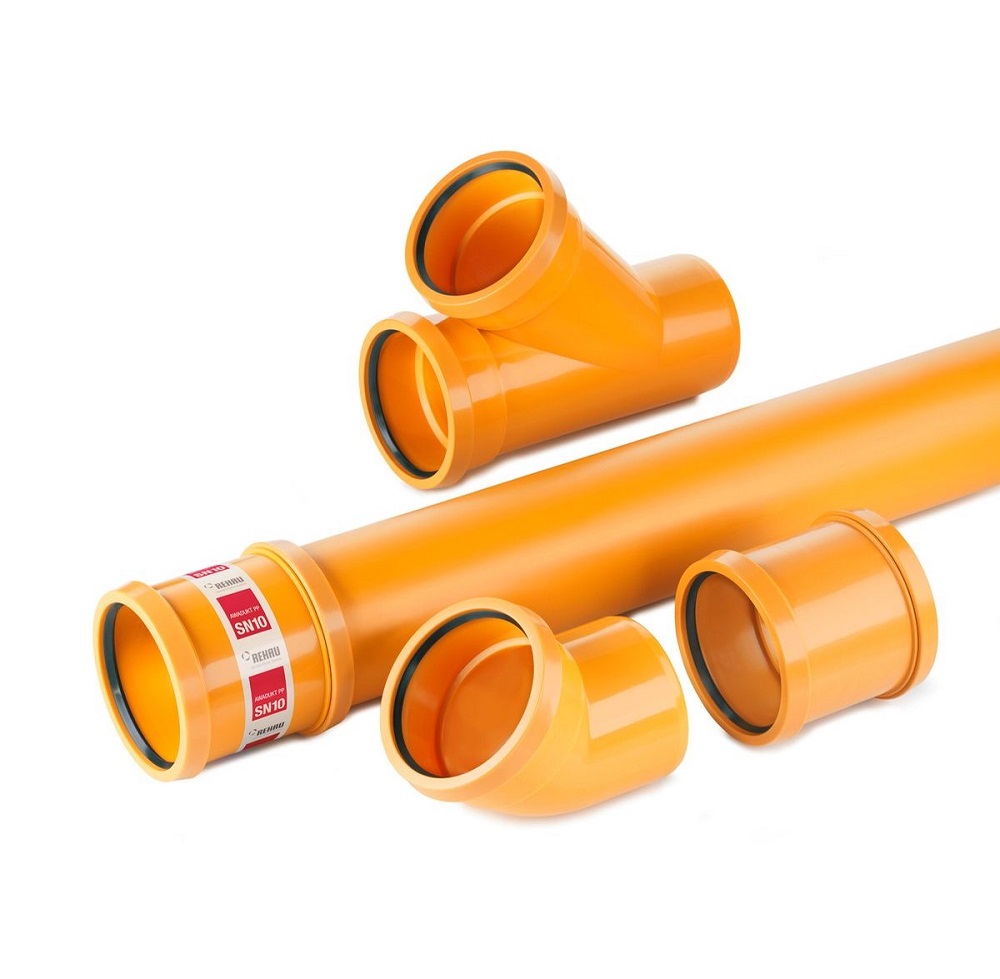Change starts at home

Solar panel on a red roof
A new energy pilot initiative has been launched that seeks to offer a framework for improving the thermal performance of the UK’s older housing stock through practical renovations and research.
Roofzine visited the scheme, supported by Willmott Dixon, the Building Research Establishment (BRE) and Letchworth Garden City Heritage Foundation, which have taken on the task of retrofitting a 1920s semi-detached home with the aim of using the property as a blueprint for making older, character homes more energy efficient.
Energy efficiency is a key consideration of homes being built today. But older homes constitute a sizeable proportion of the UK’s housing stock and many lack basic insulation, making them costly to heat. Retrofitting these older homes is clearly an important way to bring many people out of fuel poverty but there is a lot that we still don’t know about retrofitting older homes, particularly when it comes to heritage and character properties.

The case study home in Letchworth Garden City has received a complete retrofit to improve insulation and thermal performance through a series of affordable upgrades that are in-keeping with the property’s traditional characteristics.
With one in five households living in fuel poverty in the UK, the results will inform thinking on the rationale for investment in retrofit projects on heritage and older properties by providing evidence of energy savings.
Speaking exclusively to Roofzine, David Adams, technical director for Willmott Dixon Energy Services, outlined some of the upgrades that this particular property has received, and the challenges that they posed. For example, the combination of low doorways and concrete floors meant internal floor insulation was not a viable solution without drastically altering the characteristics of the property as well as incurring significant costs. Therefore an alternative approach was specified, using insulation boards buried several feet below ground around the exterior of the property.
In addition, wood fibre internal wall insulation was installed as an effective solution for properties where a build-up of moisture can cause problems. David explained: “There’s no bad insulation. It’s about using the right insulation for the right job. Wood fibre is ideal and it is easy to work with as it is installed in slabs. Yes, it costs a bit more, but because of its ease of installation, you can save on labour and in this instance it’s the right product for the situation.”
New windows, solar PV panels, a wastewater heat recovery system and a demand controlled ventilation system have also been incorporated.
Prior to work starting, BRE assessed the house to model its baseline energy performance and gathered energy use data from typical homes in the area. Performance specification options were then developed for the Heritage Foundation in line with current Government regulations for new homes and more ambitious carbon / energy reduction targets.

Willmott Dixon and the BRE will carry out monitoring for 12 months to analyse energy use and internal conditions, the performance of various design features and the experience of the property’s residents. Another similar property, without modifications, is being used as a comparison.
David continued: “With a significant proportion of people in the UK living in older properties, there is a particular need to explore options that will help people to keep warm and save energy, without compromising the character of the buildings.
“By bringing our technical expertise to Common View we have shown that it is possible to apply energy efficiency measures to heritage buildings, bringing them up to modern standards of comfort and efficiency, while conserving their period charm.
With this property we’re creating a pattern book which will outline standard problems so we can overcome them in future”
Previous Government initiatives have been criticised for being too unrealistic in their targets and putting too much pressure on homeowners to undergo a complete renovation of their property to conform to modern building standards.

However, David says this project has been designed with the intention of informing the homeowner of what can be done to improve the thermal performance of a building as opposed to what should or must be done and aims to offer an affordable and achievable model for any homeowner looking to update their property.
David concluded: “Will it suit everybody? No. We’re not saying do it all at one time – insulation, solar panels, water heat recovery system etc – insulate and then redecorate, some now, some later; we need to shift mindsets at the right time.”
RCI will be tracking the progress of the project through to completion and releasing updates on the energy usage statistics that will reveal how much people living in older properties could save in household energy costs.




















